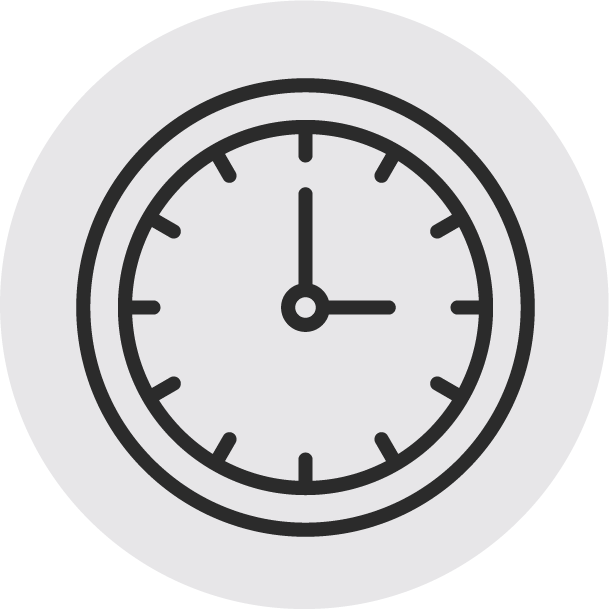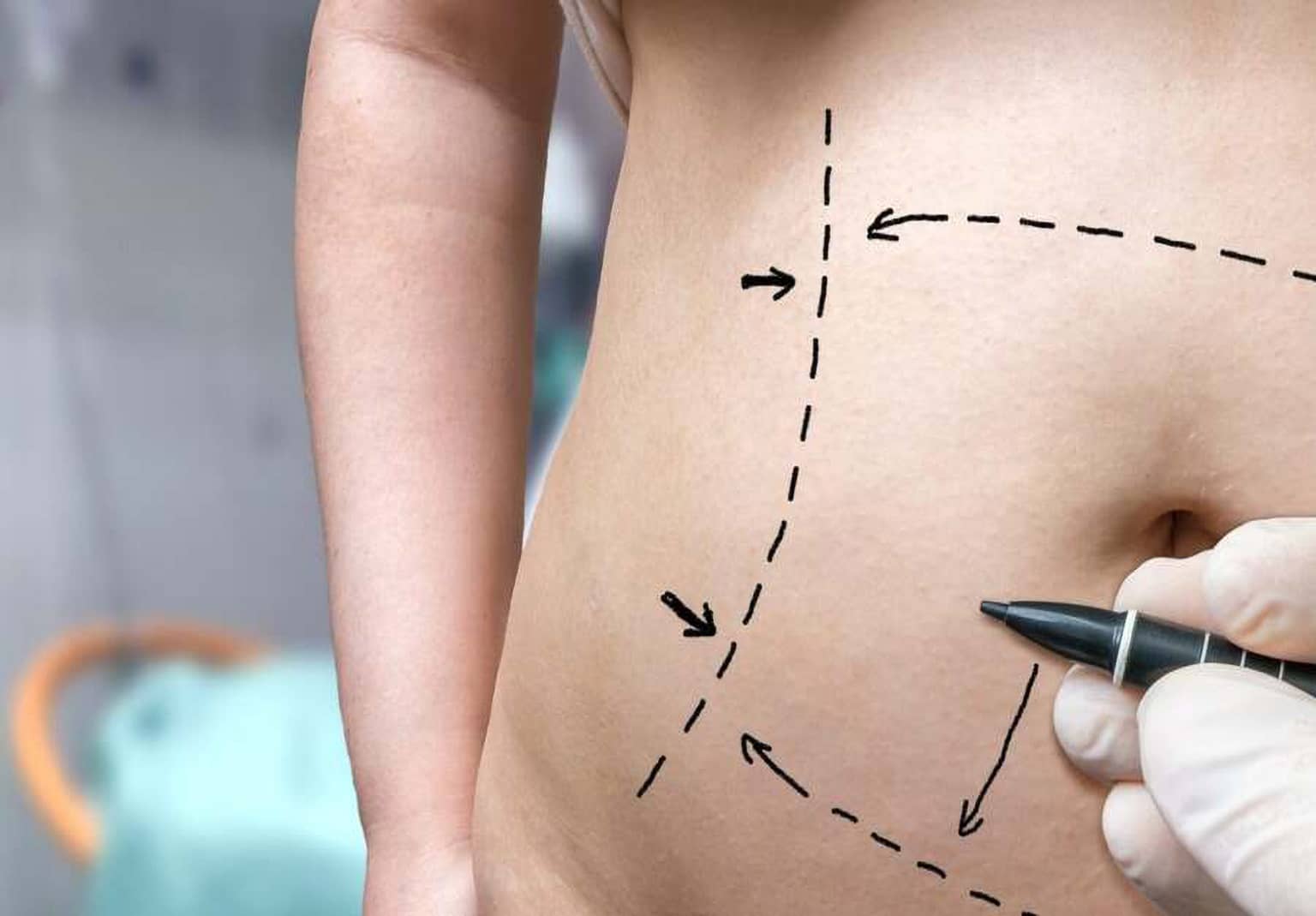A tummy tuck, or abdominoplasty, is a surgical procedure that removes excess skin and fat from the abdominal area. It also tightens the underlying muscles to create a firmer, flatter appearance. This procedure often appeals to people who have loose or sagging skin after pregnancy, significant weight loss, or due to aging. The goal is to restore abdominal contour and improve the overall shape of the midsection. Many patients find that a tummy tuck helps improve their confidence and comfort in clothing.
How Long Does The Recovery Process Take?
Before scheduling tummy tuck surgery, candidates typically undergo a thorough consultation with a surgeon. This helps determine if the procedure fits their health profile and aesthetic goals. It’s important to discuss realistic expectations and any potential risks during this phase.
Recovery time varies depending on the extent of the procedure and individual healing rates. Generally, the first two weeks involve the most discomfort and swelling. During this period, patients need to limit movement and rest to support proper healing. Most patients notice gradual improvements in swelling and discomfort as they progress through recovery.
Most patients can return to light activities and non-strenuous work after about two to four weeks. However, heavy lifting, intense exercise, or bending is usually restricted for six weeks or more. Swelling and numbness may persist for several months but gradually improve as the body adjusts. Full results often appear after three to six months.
What Are Common Experiences During Recovery?
Many patients experience soreness, bruising, and swelling around the abdomen. This is a normal response as tissues heal from surgery. The skin may feel tight or numb due to nerve disruption but typically improves over time. Some individuals notice mild fluid drainage from the incision sites, which is monitored by the surgeon. Following prescribed care routines can reduce the severity of these symptoms.
Pain management plays a key role. Providers usually prescribe medication to reduce discomfort, but over-the-counter options may also be recommended. Regular follow-up appointments help track progress and identify any complications early.
What Activity Restrictions Should You Follow?
Following your surgeon’s guidelines about activity is critical. During the early weeks, avoid lifting heavy objects, bending excessively, or performing vigorous exercise. Gentle walking is encouraged to promote circulation and reduce risks like blood clots. Listening to your body and not pushing too hard helps prevent setbacks. Sleeping positions may change during recovery. Most surgeons recommend sleeping with the upper body slightly elevated and knees bent. This position reduces tension on the abdomen and supports comfort. Avoid twisting or sudden movements until cleared by your provider.
How Can You Support Healing At Home?
Supporting recovery outside the clinical setting improves outcomes. Proper wound care involves cleaning and dressing incisions as instructed to prevent infection. Maintaining hydration and eating a balanced diet rich in nutrients helps tissue repair. Rest and stress management also contribute to a smoother healing process.
Smoking and alcohol consumption can slow healing and increase complication risks. Avoiding these substances during recovery is advised. Additionally, wearing compression garments as recommended helps reduce swelling and supports new contours.
Start Your Tummy Tuck Journey
If a tummy tuck aligns with your goals, begin by consulting a board-certified surgeon to discuss what to expect before, during, and after surgery. Understanding the recovery timeline and following professional guidance sets the stage for a smoother healing process and satisfying results. Taking time to prepare both physically and mentally can improve your overall experience.









Leave a Reply